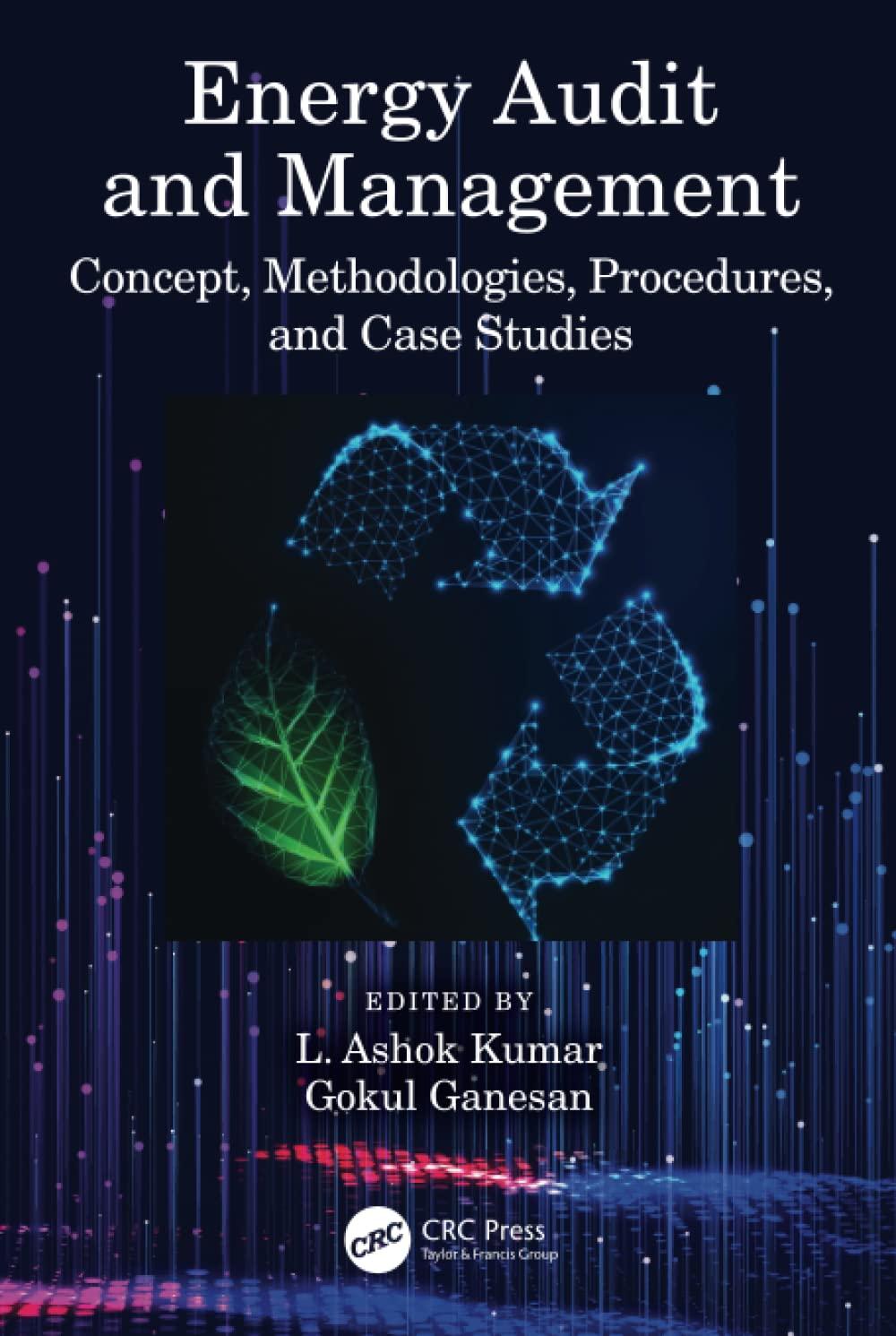Question 2 A certain engine lathe can be purchased for $150,000 and depreciated over three years to a zero salvage value with the SL method. This machine will produce metal parts that will generate revenues of $100,000 (time zero dollars) per year. It is a policy of the company that the annual revenues will be increased each year to keep pace with the general inflation rate, which is expected to average 2.5% per year. Labor, materials, and utilities totaling $25,000 (time 0 dollars) per year are all expected to increase at 4% per year. The firm's effective income tax rate is 53%, and its after-tax MARR (im) is 14% per year. Determine the after-tax equivalent present worth. Use life of three years and work to the nearest dollar. (Do not enter the dollar sign $ with your answer.) Save Answer Question 3 Machine A was purchased three years ago for $10,000 and had an estimated market value of $1,100 at the end of its 10-year life. Annual operating costs are $1,050. The machine will perform satisfactorily for the next seven years. A salesman for another company is offering Machine B for $51,000 with an market value of $5,100 after 10 years. Annual operating costs will be $650. Machine A could be sold now for $8,000, and MARR is 13% per year. Using the outsider viewpoint, what is the difference in the equivalent uniform annual cost (EUAC) of buying Machine B compared to continuing to use Machine A; ie., EUAC(Machine B)- EUAC(Machine A). (Do not enter the dollar sign $ with your answer.) Save Answer Question 4 A corporation purchased a machine for $60,000 five years ago. It had an estimated life of 10 years and an estimated salvage value of $9,000. The current book value of this machine is $27,500. If the current market value is $45,000 and the effective income tax rate is 20%, what is the after-tax investment value (rounded to the nearest whole dollar) of the machine? Use the outsider viewpoint. The after-tax MARR is 10% per year. (Do not enter the dollar sign S with your answer.) Question 5 Astate governmentcorsiderng construction of a sood control dke haeng a ile span of 18 years msbry ndahn hie a food an every 6 aMARR of 8% every public project to have a beneft-cost ratio of at least 1.0, what is the maximum investment to the nearest whole dolilanj that will be allowed for the dke? (Do not enter the dollar sign $ with your answer) Question 6 A flood control peojoct with a life of 21 ycars will reqaire an investment of $150,000 and annual maintcnance costs of $10,000. The project will provide mo benefits for the first two ycars but will save $100,000 per year in flood damape starting in the thind ycar The appropriats MARR is l S% per year. What is the coeventional BC ratio with present worth for the flood control progect. CEnter your answer sounded to two decimal placek ie, xx







